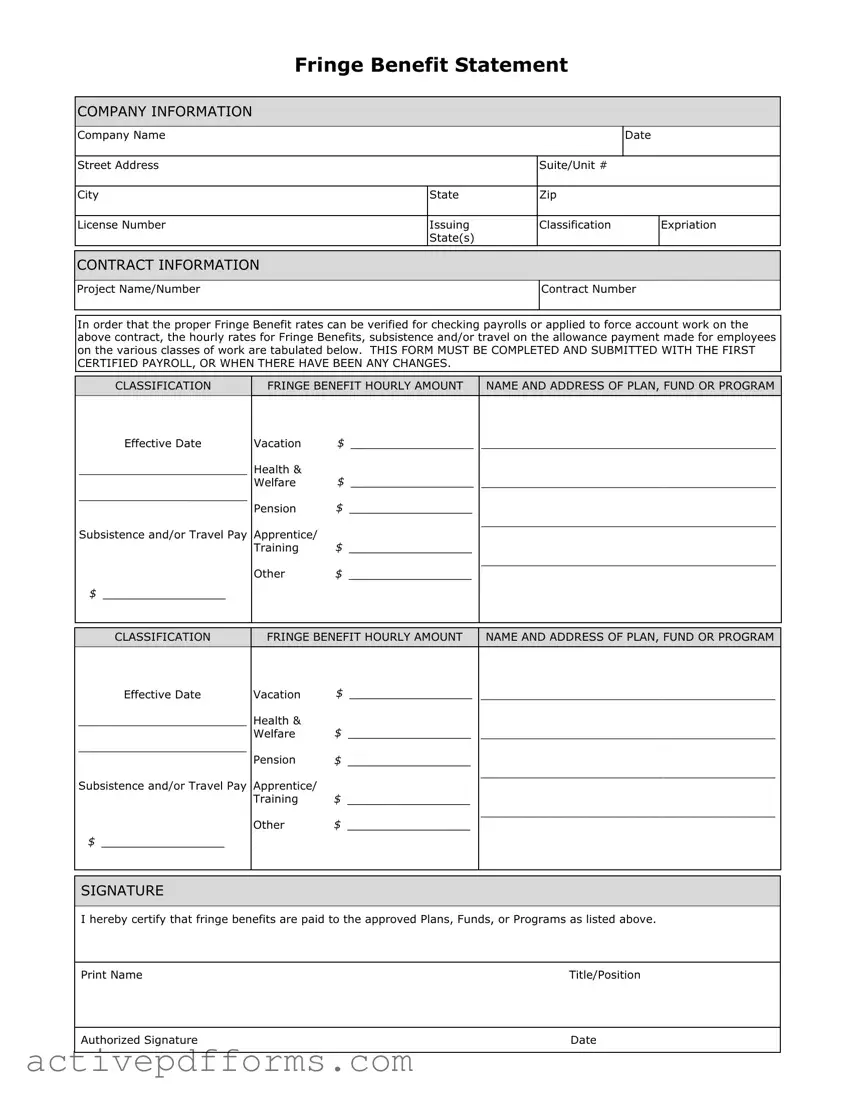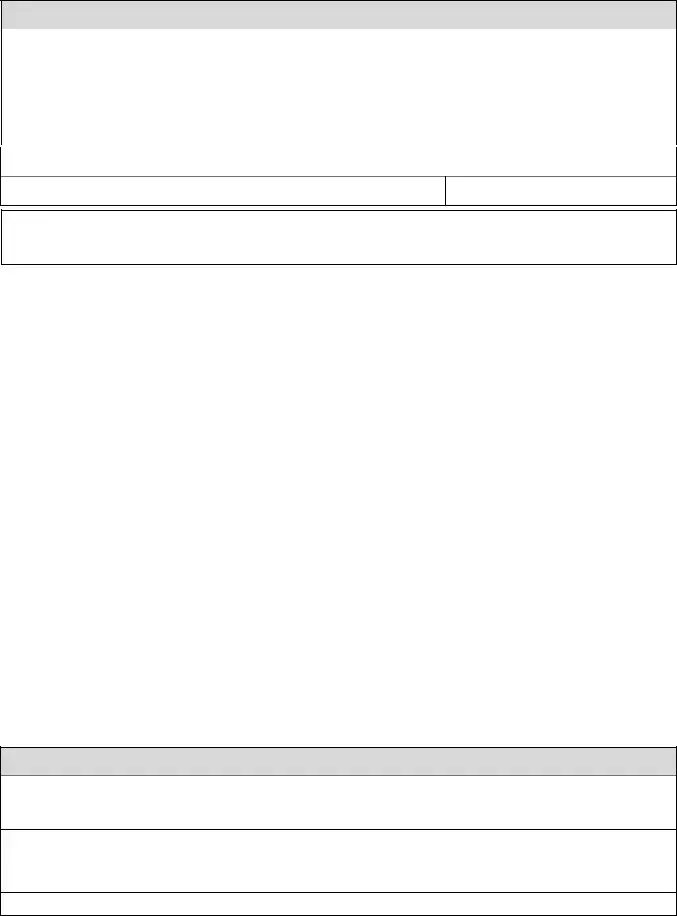In the complex landscape of employee compensation, the details surrounding fringe benefits often require meticulous documentation and clarity, both for the employers who offer them and the employees who receive them. These benefits, which go beyond the scope of traditional salaries, can include anything from health insurance and retirement plans to educational assistance and employee discounts. This is where the crucial role of the Fringe Benefit form comes into play. Designed to ensure that all compensations are properly accounted for, the form serves as a key document in the financial and operational framework of an organization. It provides a structured way to report the miscellaneous benefits employers provide, highlighting the value of these non-wage compensations. By accurately filling out and submitting this form, companies adhere to regulatory requirements, avoid potential legal pitfalls, and maintain transparent relationships with their employees. As such, understanding the nuances of the Fringe Benefit form is essential for anyone involved in the administration of employee benefits, ensuring that both the business and its employees are well-informed about the perks and advantages offered, beyond just the paycheck.

